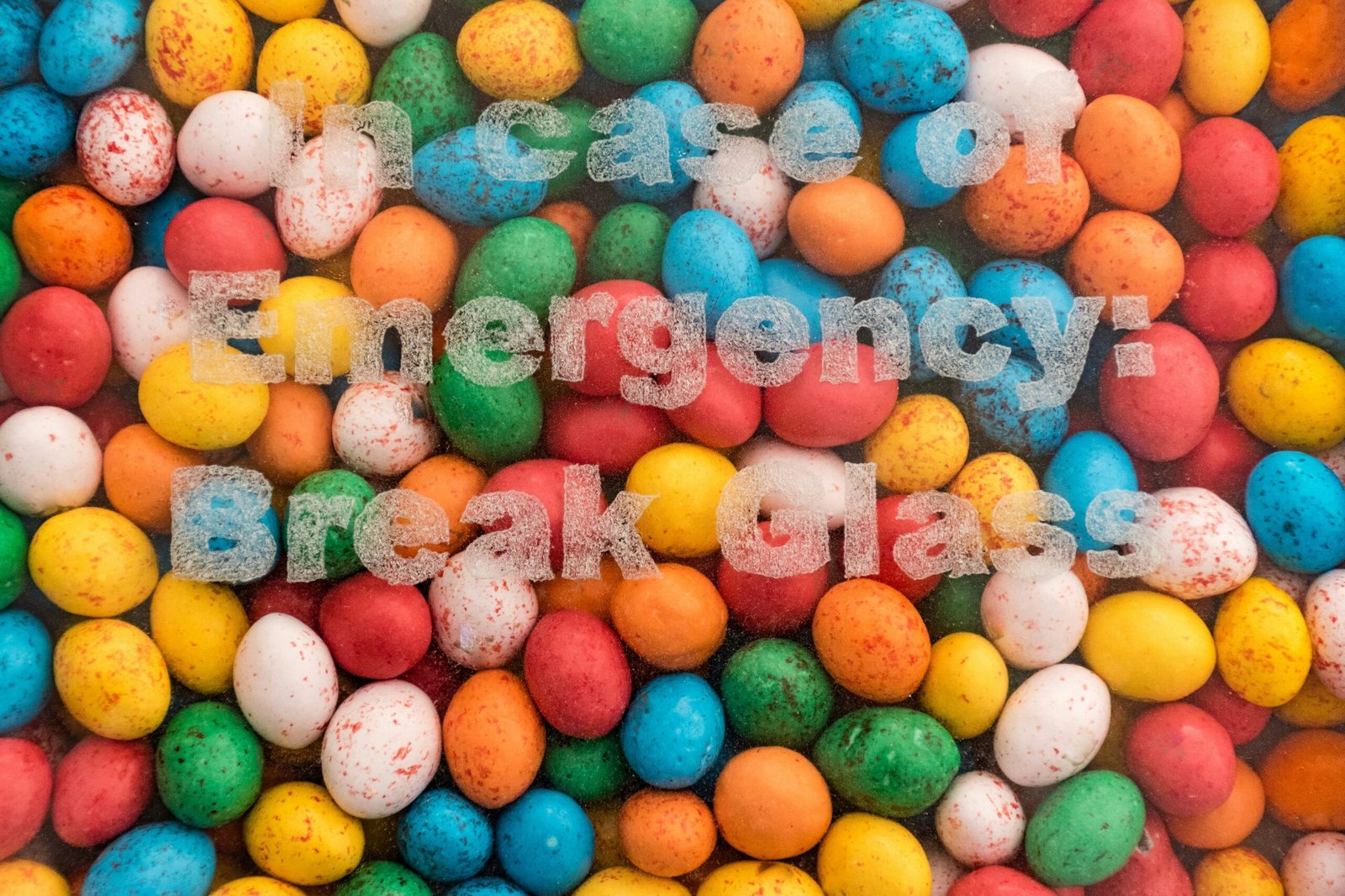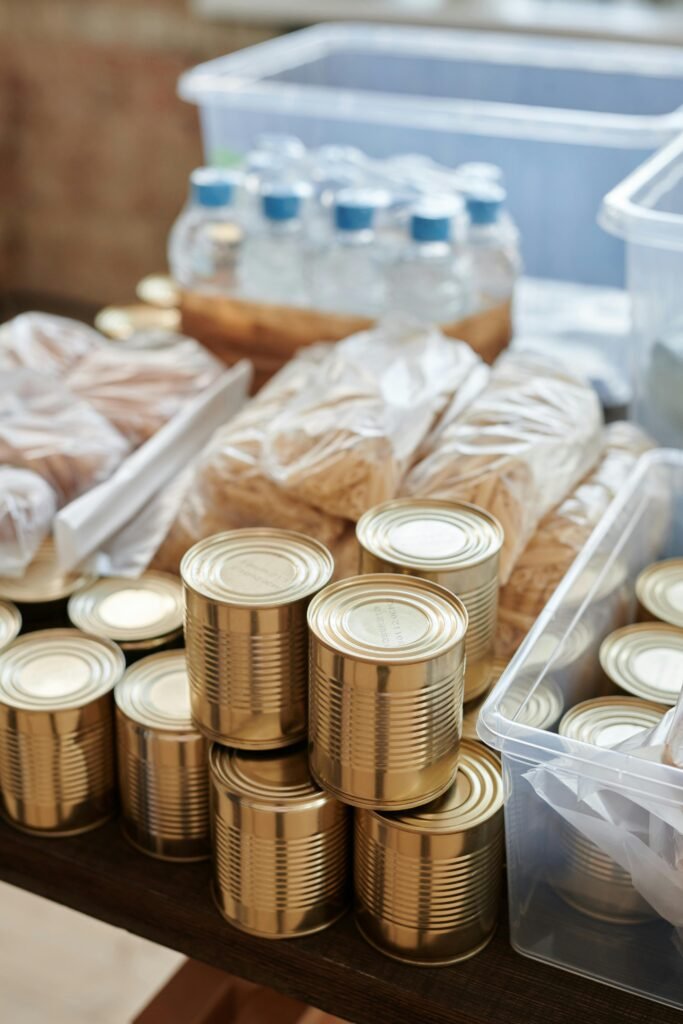

Understanding Emergency Food Needs
Emergency food refers to supplies specifically meant to sustain individuals during unforeseen circumstances that disrupt regular access to food. Such situations may include natural disasters, economic crises, or health emergencies like pandemics. The primary focus of emergency food preparation is to ensure that families have enough calories and nutrients to sustain themselves until normalcy is restored.
One of the key attributes of emergency food is its ability to have a long shelf life. Foods that are canned, dehydrated, or freeze-dried often qualify as essential emergency provisions. Additionally, freezing or storing items with long expiration dates can be practical options. The dietary needs of individuals in these scenarios should be taken into account, as different circumstances may call for varying types of food supplies.
For adults, the general caloric requirement is 2,000 to 2,500 calories daily, depending on age, sex, and activity. During emergencies, maintaining nutritional balance is vital. Consider sources of carbohydrates, proteins, fats, and vitamins. Stockpiling non-perishable snacks can be tempting, but nutritious options are essential. Whole grains, legumes, canned fruits, and vegetables support overall health.
Without proper planning, individuals may find themselves with inadequate food supplies in times of need. Scenarios such as hurricanes, flooding, or even economic instability can lead to prolonged periods without access to fresh food sources. Consequently, understanding the basics of emergency food needs allows individuals to build a well-thought-out preparedness strategy that ensures they are equipped to handle disruptions without jeopardizing their health.
Calculating Your Family’s Emergency Food Supply
Calculating the appropriate amount of emergency food for your family is crucial for ensuring readiness during unexpected situations. The first step is to assess the caloric needs based on your family size and the specific dietary requirements of each member. Generally, adults require approximately 2,000 to 2,500 calories per day, while children need around 1,500 to 2,200 calories, depending on their age and activity level. Seniors may have slightly lower caloric needs, often ranging from 1,600 to 2,000 calories per day. To determine the total caloric requirement for your family, sum up the individual needs: (Number of adults × Adult caloric needs) + (Number of children × Child caloric needs) + (Number of seniors × Senior caloric needs).
Next, consider the various age groups and their unique needs. For instance, children may require more snacks and easily digestible foods, while seniors might need softer foods or those fortified with specific nutrients. If any family members have special dietary requirements, such as allergies or specific preferences like vegetarian or vegan diets, ensure you account for these when planning your emergency food supply. Prioritize foods that cater to these restrictions to avoid potential health issues.
Furthermore, the duration of an emergency situation can vary widely. It’s essential to assess how long you might need to sustain yourself without access to grocery stores or other resources. A general guideline is to aim for a minimum of three days’ worth of food, but ideally, a supply that lasts for at least one to two weeks is recommended. After determining the required caloric intake and accounting for dietary restrictions, multiply your family’s total daily caloric needs by the number of days you aim to prepare for. By following these steps, you can ensure a well-rounded and adequate emergency food supply tailored to your family’s specific needs.
Types of Emergency Food to Include in Your Supply
When assembling an emergency food supply, it is essential to consider a variety of food types to meet nutritional needs and cater to different situations. Non-perishable items are the cornerstone of any emergency food supply, as they have a long shelf life and do not require refrigeration. Canned goods such as vegetables, fruits, and proteins like beans or tuna are not only convenient but also provide essential nutrients. These items are typically ready-to-use and can be combined with other food sources for enhanced meals.
Freeze-dried foods are another great addition to your emergency arsenal. They retain most of their nutrients and flavor, while also boasting an extended shelf life that can last for years. These foods require minimal water for hydration, which is imperative during emergencies when water supply may be limited. Freeze-dried meals typically include fruits, vegetables, and complete meals that only need hot water to prepare, saving valuable resources
- COMPREHENSIVE EMERGENCY FOOD SUPPLY – Augason Farms all-in-one 4-gallon meal prep containers provide 92 satisfying servi…
- 11 COMPLETE MEAL VARIETIES – Enjoy a comforting selection of 11 great-tasting meals with our camping essentials, includi…
- LONG-LASTING SHELF LIFE – Each meal is packaged to retain freshness and flavor with shelf lives ranging from 10 to 25 ye…
- TASTES LIKE FRESH STRAWBERRIES – Crispy, sweet, and bursting with natural flavor our freeze-dried strawberries taste jus…
- LONG-TERM STORAGE YOU CAN TRUST – Packaged in durable airtight steel cans designed to last. These freeze-dried fruits of…
- PERFECT FOR ANY ADVENTURE – Lightweight, mess-free, and needs no refrigeration. These travel snacks are ideal for campin…
- 204 Servings
- 7,140 Calories
- Perfect For Food Storage, Emergencies, Survival, Camping, And Everyday Use!
- 100% real eggs
- Packaged in individual pouches
- Perfect for long term food storage, emergency preparedness, and survival food
Ready-to-eat meals (MREs) are especially useful for emergency situations where cooking might not be feasible. These meals are designed for minimal preparation effort, often requiring just a heating element or are edible straight from the package. MREs come in a wide variety of options, accommodating different dietary needs and preferences, including vegetarian and gluten-free selections.
Incorporating a mixture of these food types will not only enhance the variety in your emergency food supply but also ensure that you can maintain a balanced diet during challenging times. A focus on foods that require minimal preparation and have long shelf lives is essential, as it allows for sustainable nutrition even in adverse circumstances. By carefully selecting diverse options, you contribute to a more resilient emergency preparedness plan.
Storage Best Practices for Emergency Food Supplies
Storing emergency food supplies effectively is crucial for ensuring their longevity and safety. The optimal storage conditions play a significant role in maintaining the quality of your food. It is recommended to store emergency food in a cool, dark, and dry location. Ideal temperature ranges between 50°F to 70°F (10°C to 21°C). Elevated temperatures can accelerate spoilage and degradation, whereas excessive humidity may lead to mold and spoilage. Choosing a basement or a pantry away from sunlight can be beneficial.
Appropriate containers are fundamental to preserving the freshness of your supplies. Food-grade plastic bins or glass jars with airtight lids are excellent options for sealing items against moisture and pests. Mylar bags with oxygen absorbers also provide an effective barrier for long-term food storage. When using canned goods, one should ensure that cans are intact, free from rust, and stored properly. Vertical storage of cans can also maximize space and facilitate easy access.
Regular rotation of your food items is essential to prevent spoilage. Implementing a system where older items are used first ensures that nothing goes to waste. Practicing the FIFO (first in, first out) method allows for optimal management of your stock. An inventory system can aid in tracking supplies efficiently. This can be as simple as maintaining a list or using a spreadsheet program that outlines item types, quantities, purchase dates, and expiration dates.
It is important to be vigilant for indicators that food items may have gone bad, such as unusual odors, discoloration, or signs of pests. Regularly check your supplies and determine when to replace items. Maintaining a functional emergency food supply requires consistent monitoring and proactive measures to ensure that your stored food remains safe and nutritious in times of need.







